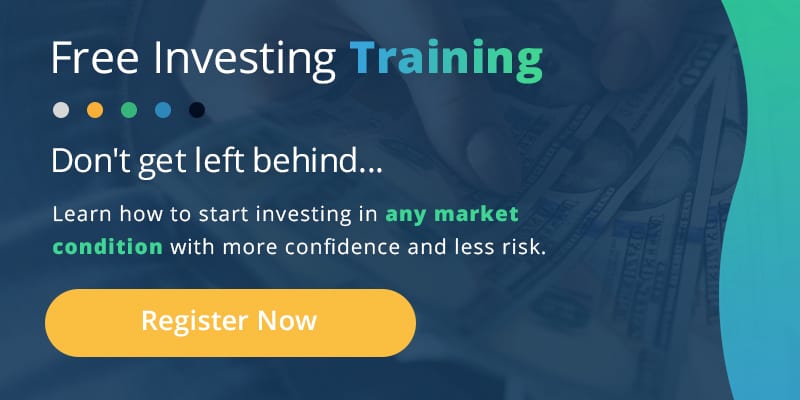Does taking more risk when you invest actually yield more rewards? Risk and reward are the yin and yang of investing. Both are always present, though it is certainly possible to reduce your investment risk and increase your reward if you follow the right investing strategy.
Before you can go about reducing risk and increasing reward, though, you first must understand what the risks and rewards are – and what you can do to alter them.
“The stock market in the short run is a voting machine. The stock market in long run is a weighing machine.” -Ben Graham
Investment Risk in the Market
At face value, the risk in investing is the possibility that you will lose money.
This is an unfortunate risk seeing as the entire point of investing is to grow your money rather than lose it.
However, there are a few factors that will increase this risk quite substantially if you fall prey to them.
1. Buying a Company That You Don’t Understand
Investing in a company requires you to believe in that company’s potential to grow in value over time.
However, your belief in a company has to be grounded in knowledge about the company, it’s management, its future outlook, and more for that belief to have any justification.
If you invest in a company at random without understanding it, you’re not investing – you’re gambling. And gambling comes with a lot more risk than investing.
2. Buying a Company Without a Proven Track Record of Growth
It’s true that past performance is not a perfect indicator of future performance, but a company that has been consistently growing in value over the years is a lot more likely to continue growing than a company that’s been in a slump is to turn things around and start growing again.
3. Buying a Company That is Led by Untrustworthy Management
Even the most promising companies can (and have) crumble due to dishonest management.
This may be management that is dishonest in the sense that they intentionally hide risk factors from their investors, dishonest in the sense that they are more interested in padding their own pocketbook than growing the company, or dishonest in the sense that they cut corners and cross the line of what’s legal and ethical to make their numbers look better.
In all three cases, though, investors in the company often end up paying the price.
These three factors contribute to risk in investing more than any others, and avoiding them can greatly reduce the risk you face.
But what about reward in investing? What factors can help you increase your reward?
Learn the Best Rule #1 Investing Strategies
The Efficient Market Theory
Before we can discuss how you can increase your potential for investing reward, we must first understand the efficient market theory – and understand that it is false.
The efficient market theory states that the market is effective in pricing companies and always prices them at a level that closely reflects their true value.
In other words, according to the efficient market theory, companies are never overpriced and likewise are never on sale.
If this were true, the best thing to do would be to put all of your money in an index and hope the overall market continues to grow.
However, the efficient market theory isn’t an accurate description of reality.
The reality is that the market overprices and underprices companies all the time, due to a wide range of factors – sometimes by a substantial degree.
This creates a new risk in investing – investing in a company that is overpriced at the time you purchase it.
However, it also creates the potential for significant rewards.
Rewards in Investing
Rewards in investing come from finding quality companies that are priced by the market at a point that is below their value.
The efficient market theory may not be true in the sense that companies are always priced at their value, but it is true in the sense that the price of companies almost always eventually rises or falls to reflect the true value of the company at some point in time.
This means that if you purchase a company that is underpriced by the market, you can just about count on your investment growing in value over time.
The key is finding those quality companies that have been underpriced by the market – which is what Rule #1 investing teaches you to do.
If you can find these companies, though, your rewards will almost always outweigh the risks.
Do you think that the stock market is risky? Is that keeping you from investing? Learn how to take more risk out of investing in my free webinar.
Phil Town is an investment advisor, hedge fund manager, 3x NY Times Best-Selling Author, ex-Grand Canyon river guide, and former Lieutenant in the US Army Special Forces. He and his wife, Melissa, share a passion for horses, polo, and eventing. Phil’s goal is to help you learn how to invest and achieve financial independence.

